What’s a Palatal Expander and Who Should Get One?
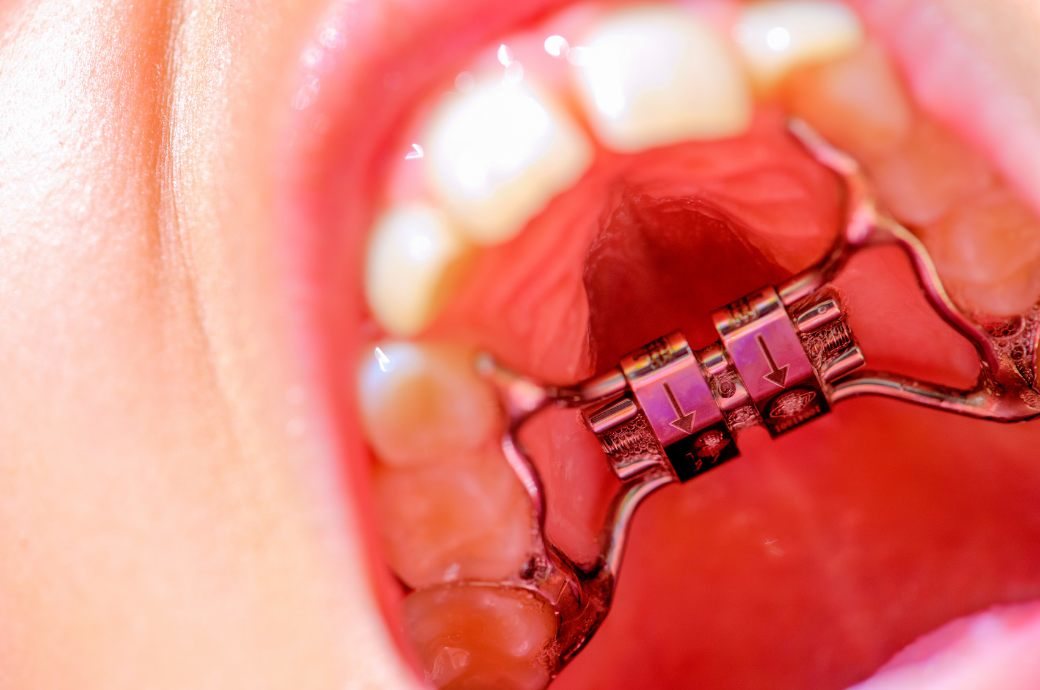
If you’re exploring braces for your growing child, you may have heard the term palatal expander. Orthodontists recommend using a mouth expander before starting braces. But what is a palatal expander? Are there different types of orthodontic expanders? And who should use these appliances? We’ll answer all these questions (and more) in today’s post.
What’s a Palatal Expander?
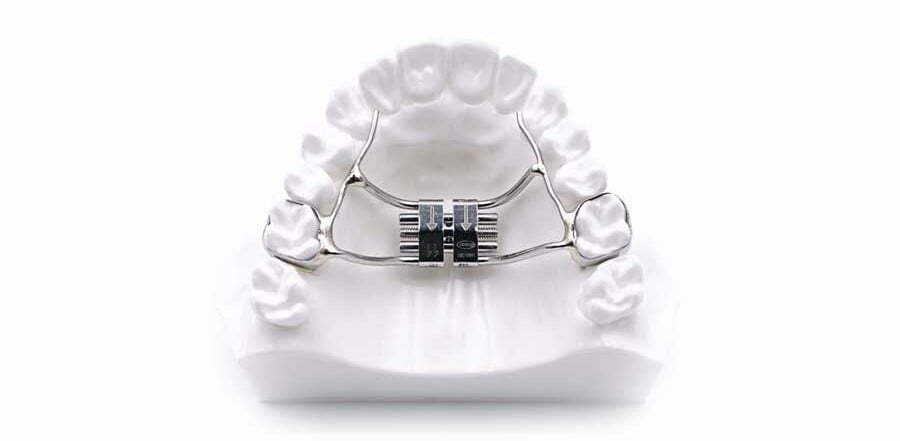
This is a type of orthodontic expander that widens the roof of the mouth. These devices rest along the roof of the mouth, and are custom-fitted to sit flush in your child’s palate.
Many children need a palatal expander. But whether your child uses a mouth expander or not will depend on his or her anatomy. That’s because this appliance creates more mouth room for kids with crowded teeth. In some cases, an orthodontic expander can also correct jaw alignment issues. Ultimately, this treatment will pre-treat certain orthodontic issues. Afterwards, it’s easier to achieve your child’s teeth straightening goals.
The American Association of Orthodontists says palatal expanders can prevent other complications. For that reason, if you use an expander for 7-to-10-year-old children, you may avoid tooth extractions, gingival recessions, and bite issues. Your child may even spend less time in braces after we remove his or her palatal expander.
How do Palatal Expanders Work?
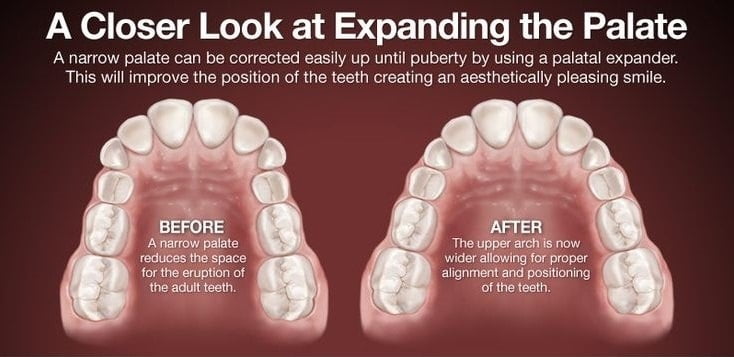
These appliances create room in your child’s mouth by applying gentle pressure. The appliance stays in place until we reach the desired larger size of the palate. Treatment times vary, but range from three months to one year, depending on the patient’s needs.
Even after the desired expansion, patients will probably need to keep his or her palate expander in place. That’s the best way to make sure the palate doesn’t revert during the next stage of orthodontic treatment.
Options for Children’s Palatal Expanders
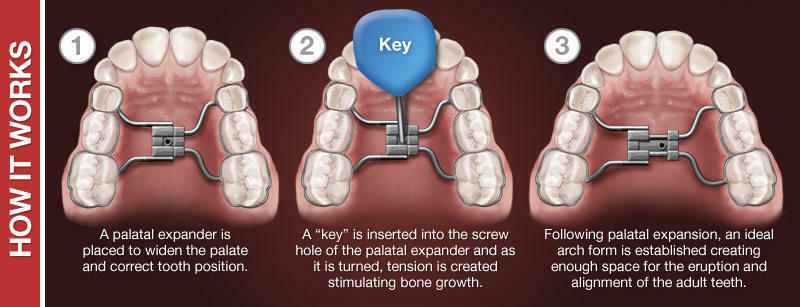
There are two main categories of palatal expanders. Some can be removed, and others stay in place all the time. And, between these two types of expanders, you still have options. These include:
Who Needs a Palatal Expander?
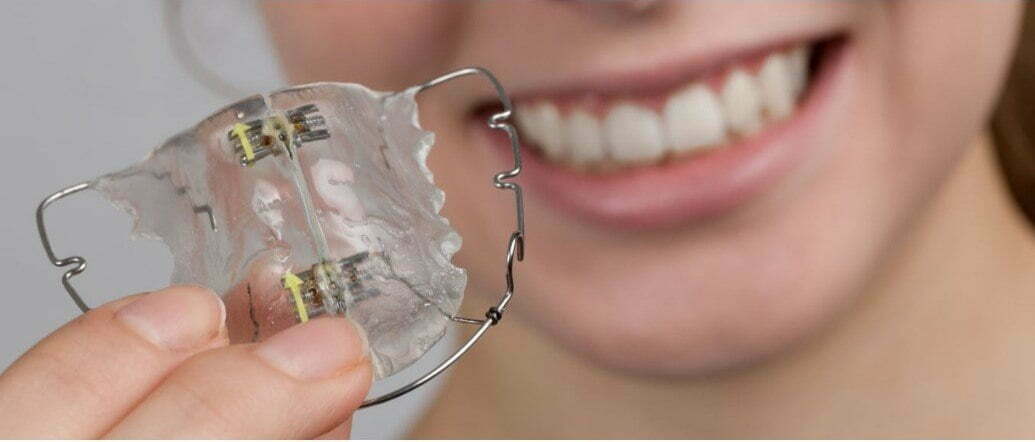
Every person is different, but any of these signs mean you or your child may need a palatal expander:
1. Teeth That Don’t Descend
If the adult teeth are stuck in the gums, it might be because they have no room to grow in. In this case, expanding the palate can help prevent future problems.
2. Crowded Teeth
When the teeth are crowded, a small mouth could be the issue. In that way, a palatal expander could make it easier to achieve teeth straightening.
3. Crossbites
If the upper back teeth bite inside the bottom back teeth, a small palate could be responsible. A narrow palate can misshapen your upper jaw. And that prevents the two jaws from lining up. In this case, palate expansion is the best way to correct a crossbite.
If you notice any of these warning signs, be sure to ask your orthodontist about a palatal expander.

Did you or your child use a palatal expander? How was the experience? Comment below!

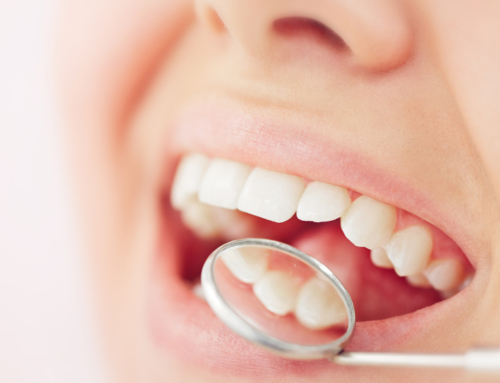



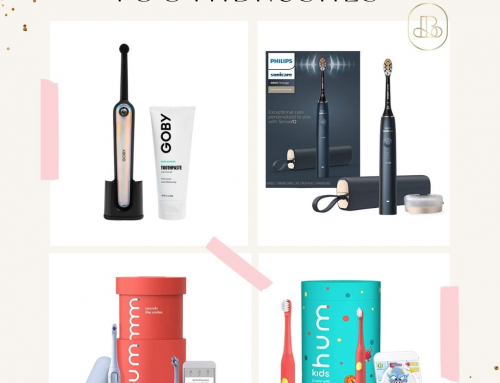
Leave A Comment